
| Specification | Details | Manufacturing Process |
|---|---|---|
| Screen Size | Common sizes range from 15 to 32 inches | Design: Choose screen size based on intended kiosk application. |
| Resolution | Ranges from 1024x768 (XGA) to 3840x2160 (4K UHD) | Component Sourcing: Select high-resolution panels. |
| Brightness | 300 to 1000 nits | Backlight Integration: Install appropriate backlighting for desired brightness. |
| Viewing Angle | Typically 160° to 178° | Calibration: Ensure wide viewing angles during calibration. |
| Response Time | Usually between 5ms to 10ms | Testing: Perform speed and accuracy tests for quick user interaction. |
| Touch Technology | Capacitive, Resistive, Infrared, Optical | Touch Layer Integration: Attach and test the touch-sensitive layer. |
| Durability | Reinforced glass, scratch-resistant, IP65 rated for some models | Durability Testing: Conduct tests for impact resistance and environmental durability. |
| Interfaces | HDMI, VGA, DisplayPort, USB, RS232 | Connectivity Integration: Install and test multiple interface options. |
| Power Consumption | Varies, typically between 20W to 60W | Power Management: Incorporate efficient power systems during assembly. |
| Operating Temperature Range | Typically 0°C to 50°C (32°F to 122°F) | Environmental Testing: Verify operation under temperature extremes. |
Common sizes of touchscreen kiosk monitor
| Size | Typical Use Cases | Resolution Options | Aspect Ratio |
|---|---|---|---|
| 15 inches | Compact kiosks, small information terminals | 1024x768 (XGA), 1366x768 (HD) | 4:3, 16:9 |
| 17 inches | Self-service terminals, interactive displays | 1280x1024 (SXGA), 1920x1080 (Full HD) | 5:4, 16:9 |
| 19 inches | Larger interactive kiosks, wayfinding systems | 1280x1024 (SXGA), 1920x1080 (Full HD) | 5:4, 16:9 |
| 21.5 inches | Digital signage, larger self-service kiosks | 1920x1080 (Full HD), 2560x1440 (QHD) | 16:9 |
| 22 inches | Information kiosks, touch-based applications | 1920x1080 (Full HD), 2560x1440 (QHD) | 16:9 |
| 27 inches | High-visibility kiosks, interactive displays | 1920x1080 (Full HD), 2560x1440 (QHD), 3840x2160 (4K) | 16:9 |
| 32 inches | Large interactive kiosks, digital signage | 1920x1080 (Full HD), 3840x2160 (4K) | 16:9 |
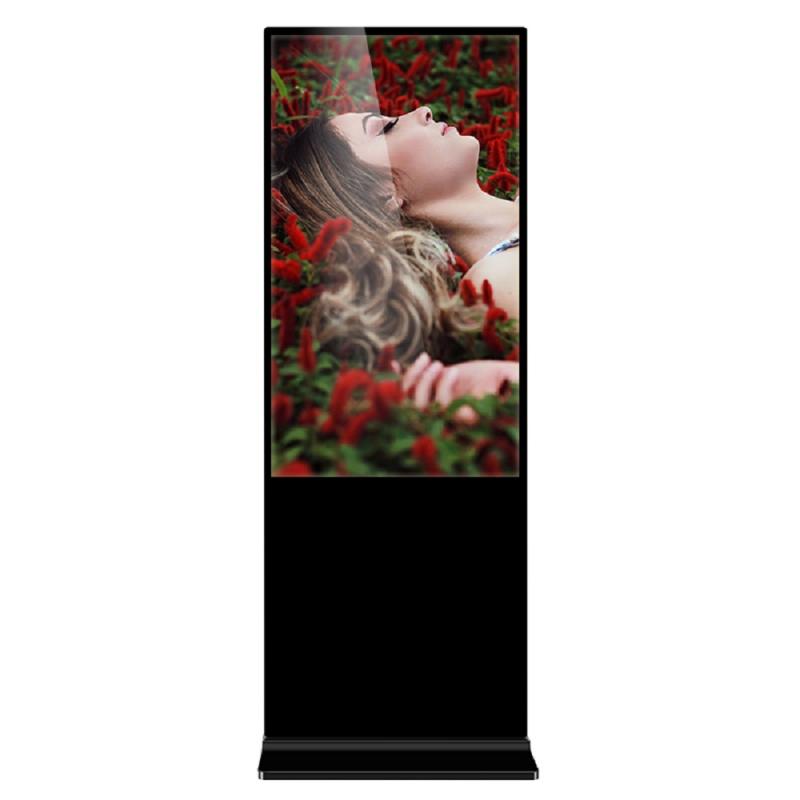
1024x768 (XGA) Aspect Ratio: 4:3 Description: Basic resolution suitable for smaller screens and standard applications. 1366x768 (HD) Aspect Ratio: 16:9 Description: Common in budget-friendly kiosks, provides a wider screen for modern content. 1280x1024 (SXGA) Aspect Ratio: 5:4 Description: Offers a higher resolution than XGA, suitable for detailed displays on slightly larger screens. | 1920x1080 (Full HD) Aspect Ratio: 16:9 Description: High-definition resolution ideal for clear, sharp visuals on larger screens. 2560x1440 (QHD) Aspect Ratio: 16:9 Description: Provides enhanced clarity and detail for high-quality applications and large screens. 3840x2160 (4K UHD) Aspect Ratio: 16:9 Description: Ultra-high definition resolution offering the highest detail and clarity for premium displays. |
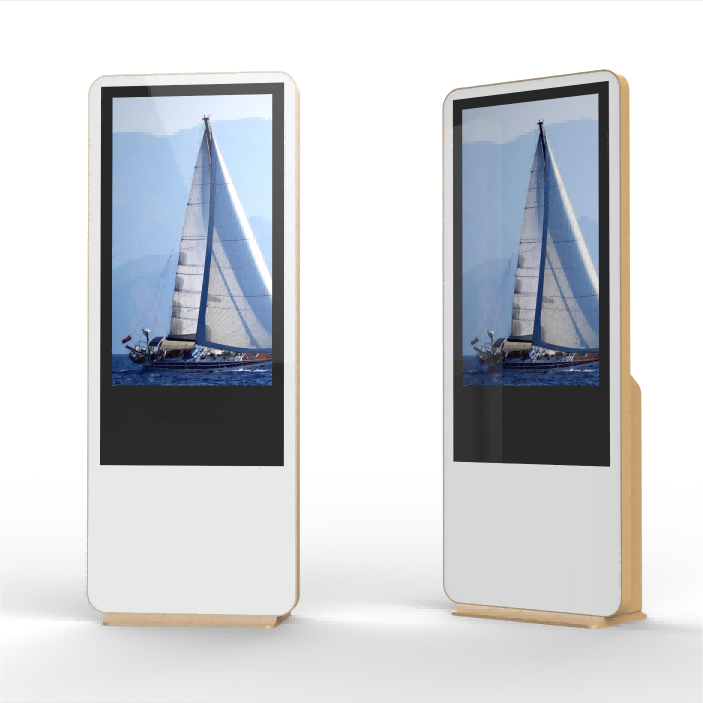
Capacitive Touch: Uses the electrical properties of the human body to detect touch, offering high responsiveness, multi-touch support, and a clear display. Ideal for sleek, interactive kiosks.
Resistive Touch: Works by pressing two layers together to register touch, making it usable with any object like a stylus or glove. It's durable and cost-effective, suitable for industrial or medical settings.
Infrared (IR) Touch: Detects touch by interrupting infrared light beams around the screen edges, offering high durability and clear display without a physical touch layer. Perfect for large or outdoor kiosks.
Surface Acoustic Wave (SAW): Uses ultrasonic waves across the screen's surface to detect touch, providing high clarity and responsiveness. Best for applications needing precise touch and clear visuals.
Optical Touch: Utilizes sensors and cameras to track touch by detecting finger movements, supporting multi-touch and high accuracy. Ideal for large displays requiring interactive features.
Projected Capacitive (P-Cap): A sensitive, multi-touch technology using conductive layers to detect touch through protective glass. Commonly used in high-end kiosks and devices like smartphones.
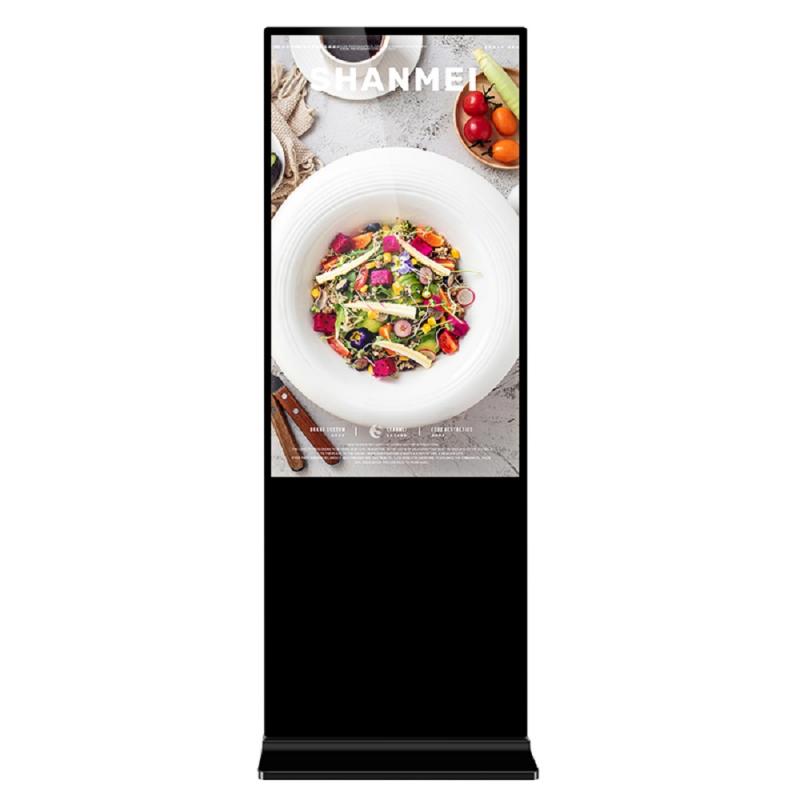
Touchscreen kiosk monitor brightness is measured in nits, determining how visible the display is under various lighting conditions. Higher brightness levels, typically ranging from 300 to 1000 nits, are important for outdoor or brightly lit environments, ensuring that the screen remains clear and readable. For indoor kiosks, lower brightness levels are usually sufficient, providing comfortable visibility without causing glare. Adjusting brightness levels can optimize energy consumption and enhance user experience based on the kiosk’s location.
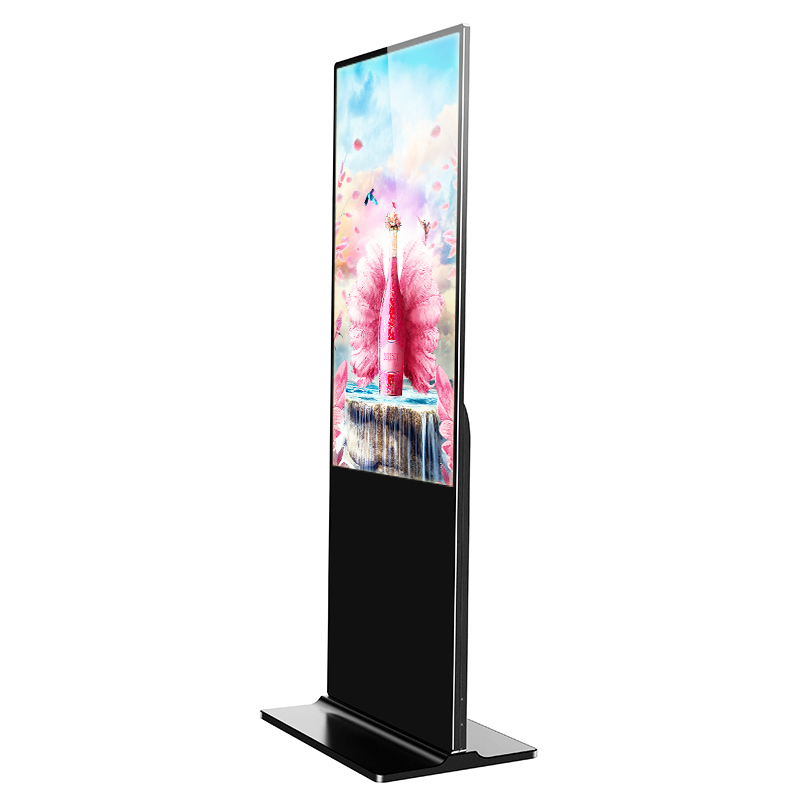
Touch screen kiosk monitor response time refers to how quickly the display can react to user inputs, typically measured in milliseconds (ms). A lower response time, usually under 10ms, ensures fast and smooth interaction, minimizing delays between touch and action. This is crucial for applications requiring quick user feedback, such as payment processing or navigation. Monitors with fast response times improve the overall user experience by providing more fluid and accurate touch responses, reducing the likelihood of lag or input errors.
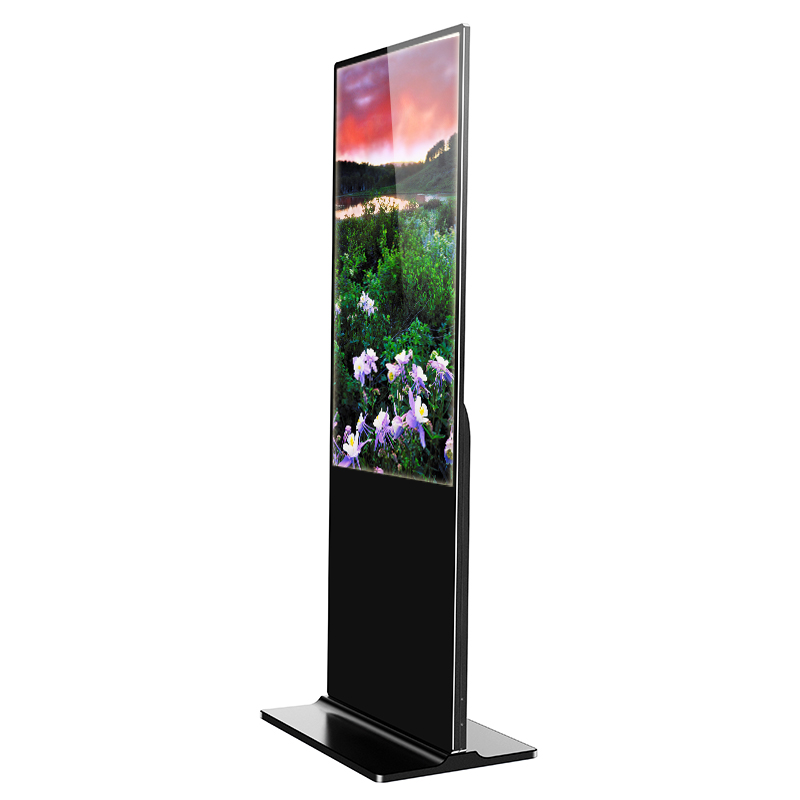
The viewing angle of a touchscreen kiosk monitor refers to the maximum angle from which the screen can be viewed clearly without significant color distortion or loss of image quality. Typically measured in degrees, common viewing angles range from 160° to 178°, allowing the display to be seen clearly from various positions. A wider viewing angle is important for kiosks used in public spaces, ensuring that the content remains visible and clear to users approaching from different directions. This enhances accessibility and usability, especially in high-traffic areas.
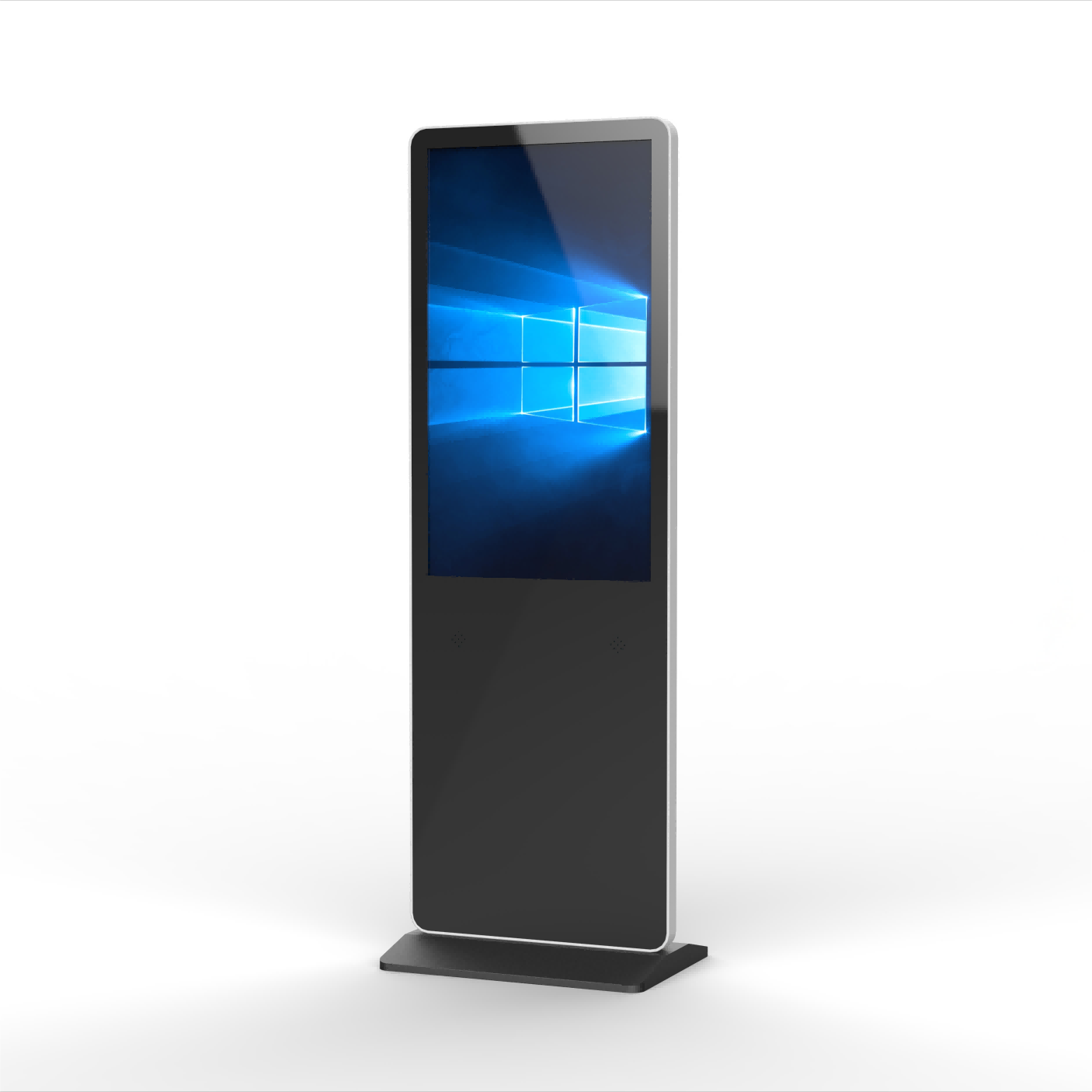
The interface types of a touchscreen kiosk monitor typically include a variety of connectivity options to ensure compatibility with different systems and devices. Common interface types are:
HDMI (High-Definition Multimedia Interface): Widely used for transmitting high-definition video and audio from the kiosk to a display.
VGA (Video Graphics Array): An older but still commonly used interface for transmitting video signals, especially in legacy systems.
DisplayPort: A digital display interface that provides high-resolution video and audio, often used in more modern setups.
USB (Universal Serial Bus): Used for touch input data transfer and connecting peripherals like barcode scanners or printers.
RS232: A serial communication interface often used for integrating with older hardware or specialized equipment.
Ethernet: Provides network connectivity for the kiosk, enabling internet access and remote management.
These interface types ensure that the touchscreen kiosk monitor can connect seamlessly with various systems, providing flexibility and adaptability for different use cases.
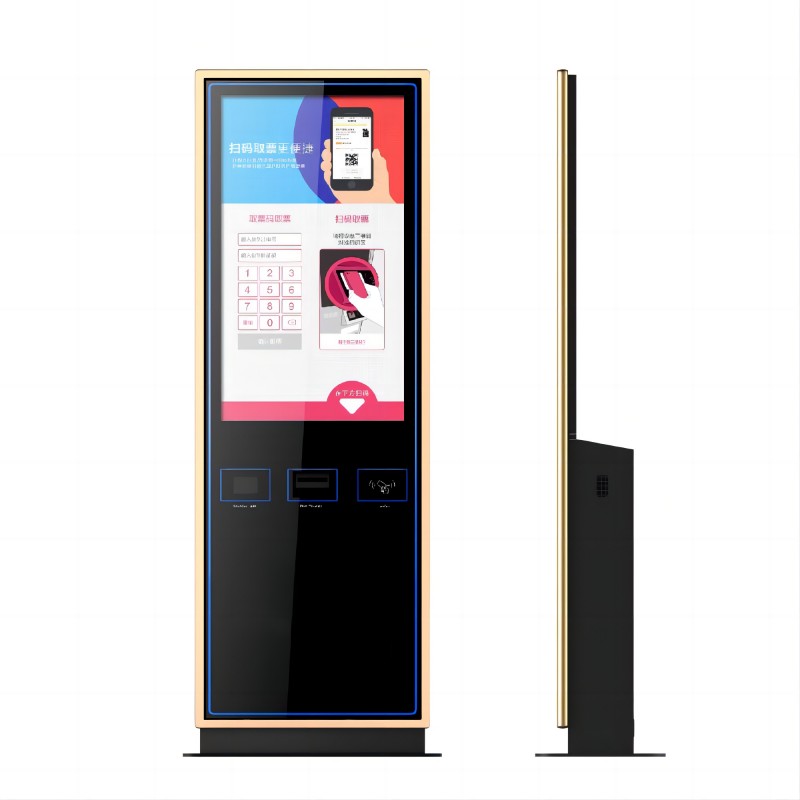
Touch sensitivity of a touch screen kiosk monitor refers to how accurately and quickly the screen responds to touch inputs. High touch sensitivity ensures that even light touches or quick gestures are registered accurately, providing a smooth and responsive user experience. This is particularly important in environments where users may interact rapidly or with varying pressure, such as retail, self-service, or public information kiosks. Multi-touch support, which allows for multiple simultaneous touches, enhances the interactivity of the kiosk, enabling complex gestures like pinch-to-zoom or multi-finger swiping. High touch sensitivity is essential for maintaining user satisfaction and efficiency in kiosk interactions.
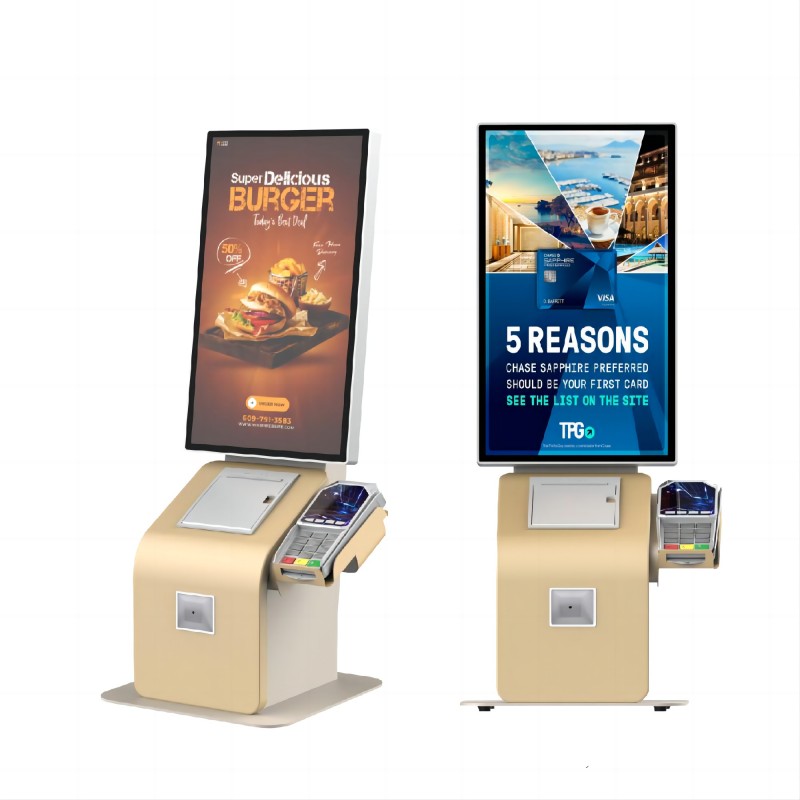
The temperature range of a touch screen kiosk monitor defines the environmental conditions under which the monitor can operate effectively. Typically, our touchscreen kiosk monitors are designed to function within a temperature range of 0°C to 50°C (32°F to 122°F). This ensures reliable performance in various indoor and outdoor environments, from air-conditioned spaces to more challenging conditions where heat or cold might be a factor. Operating within this range helps maintain the monitor's responsiveness, display quality, and overall durability.
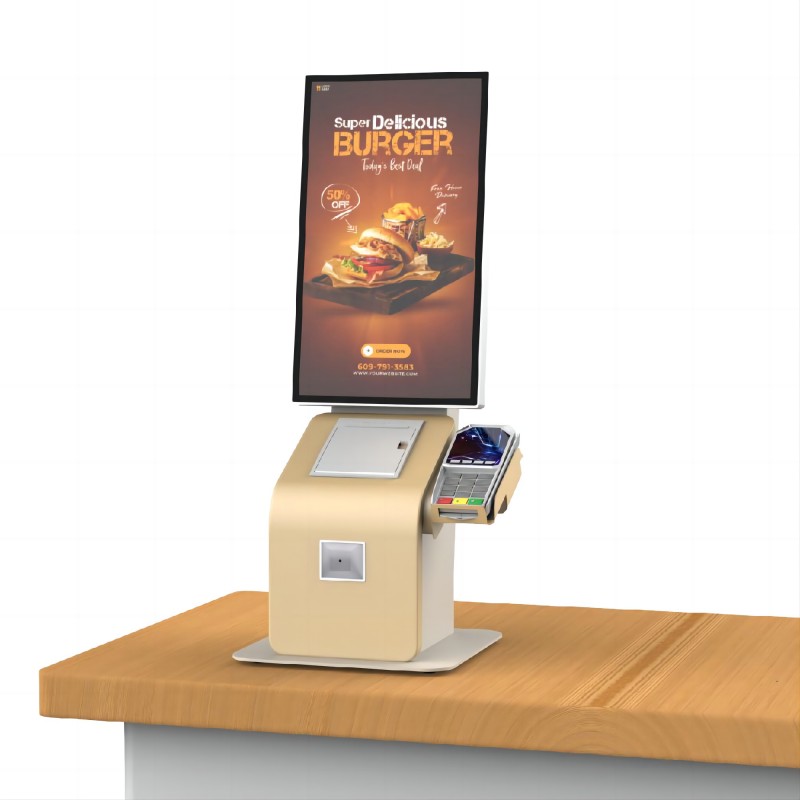
The durability of a touch screen kiosk monitor refers to its ability to withstand various forms of physical stress, including frequent use, environmental factors, and potential impacts. These monitors are typically designed with reinforced glass or protective coatings that are resistant to scratches, shattering, and wear. In addition, they often feature water and dust resistance, complying with standards like IP65 for outdoor or industrial use. Durability is crucial for kiosks placed in high-traffic areas or harsh environments, ensuring that the monitor remains functional and clear over time, even with heavy daily interaction. This enhances the lifespan of the kiosk and reduces maintenance costs.
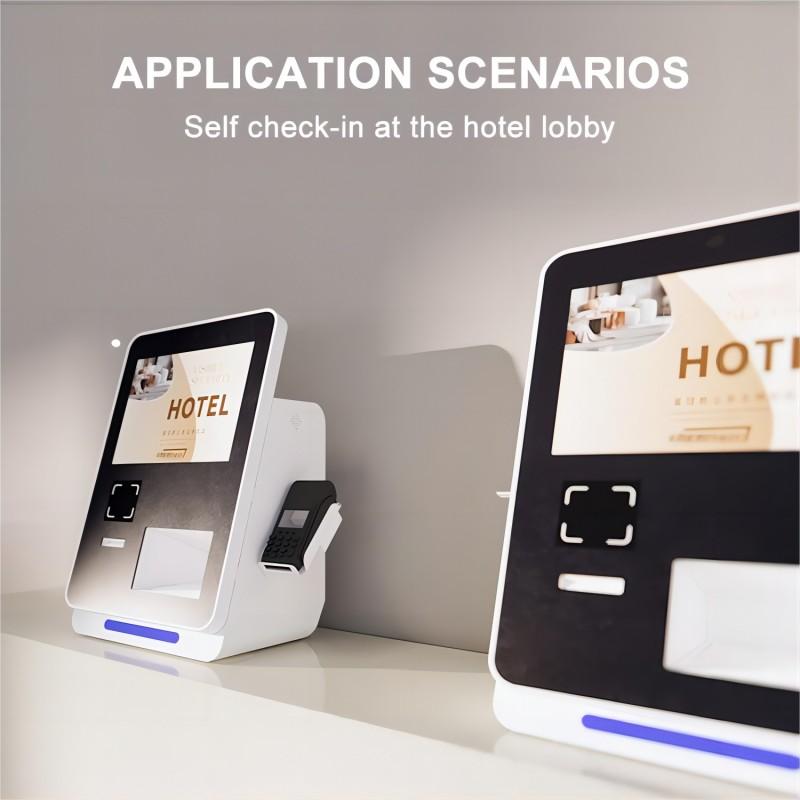
| Size | Brightness (nits) | Resolution | Touch Technology | Price Range |
|---|---|---|---|---|
| 15 inches | 300-500 nits | 1024x768 (XGA), 1366x768 (HD) | Resistive, Capacitive | $300 - $500 |
| 17 inches | 350-600 nits | 1280x1024 (SXGA), 1920x1080 (Full HD) | Capacitive, Infrared | $400 - $700 |
| 19 inches | 350-700 nits | 1280x1024 (SXGA), 1920x1080 (Full HD) | Capacitive, Infrared | $450 - $800 |
| 21.5 inches | 400-800 nits | 1920x1080 (Full HD), 2560x1440 (QHD) | Capacitive, Surface Acoustic Wave | $600 - $1,200 |
| 22 inches | 400-800 nits | 1920x1080 (Full HD), 2560x1440 (QHD) | Capacitive, Surface Acoustic Wave | $650 - $1,300 |
| 27 inches | 500-1000 nits | 1920x1080 (Full HD), 2560x1440 (QHD), 3840x2160 (4K UHD) | Capacitive, Optical | $900 - $2,000 |
| 32 inches | 500-1000 nits | 1920x1080 (Full HD), 3840x2160 (4K UHD) | Capacitive, Optical | $1,200 - $3,000 |
Assess Your Application Needs: Determine the primary use of the kiosk (e.g., information, payment, interaction) to select the appropriate size, touch technology, and resolution. For detailed content, higher resolution is preferable.
Consider the Environment: For outdoor or brightly lit environments, choose a monitor with higher brightness (500-1000 nits) to ensure visibility. For indoor environments, 300-500 nits may suffice.
Evaluate Touch Technology: Capacitive touch is ideal for sleek, responsive interfaces, while resistive touch may be better for industrial or medical applications where gloves or styluses are used. Infrared and optical technologies are durable and support multi-touch for larger displays.
Check Durability Features: Look for monitors with reinforced glass, scratch resistance, and IP ratings (e.g., IP65) if the kiosk will be in a high-traffic or outdoor environment.
Balance Quality with Budget: Compare the features and price range to find the best value for your application. Higher prices often reflect better durability, advanced touch technology, and higher resolution.
Brand and Warranty: Opt for well-known brands that offer strong customer support and a comprehensive warranty, ensuring long-term reliability and service.
What did our happy clients say?
The 22-inch touch screen monitor exceeded our expectations! The capacitive touch is incredibly responsive, and the Full HD resolution delivers crystal-clear visuals. Perfect for our self-service kiosks. Highly recommended!
We purchased the 27-inch monitor for our outdoor kiosks, and the brightness and durability are outstanding. Even in direct sunlight, the display remains sharp and readable. The installation was seamless, and it's been performing flawlessly.
The 19-inch touchscreen monitor is perfect for our retail environment. The multi-touch capability and quick response time have significantly improved customer interaction. Great value for the price, and the support team was very helpful.
We needed a reliable and durable touch screen for our industrial kiosk, and the 17-inch model with resistive touch has been perfect. It's tough enough to withstand heavy use, and the interface is user-friendly. Couldn't be happier with our purchase!